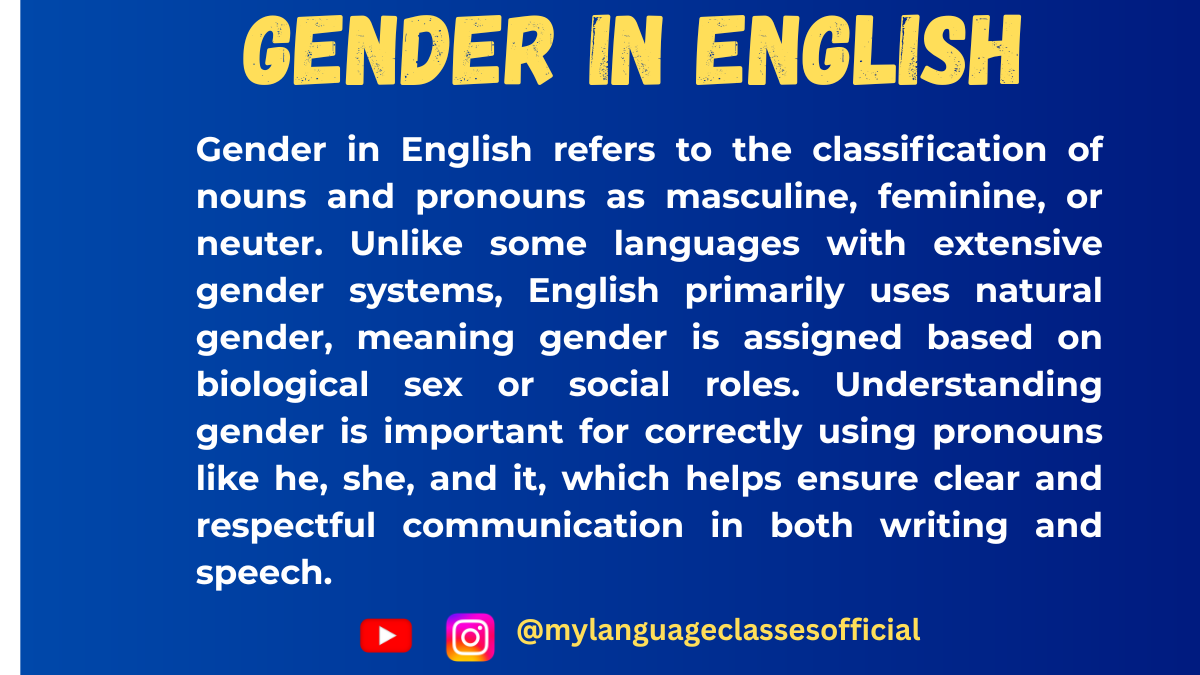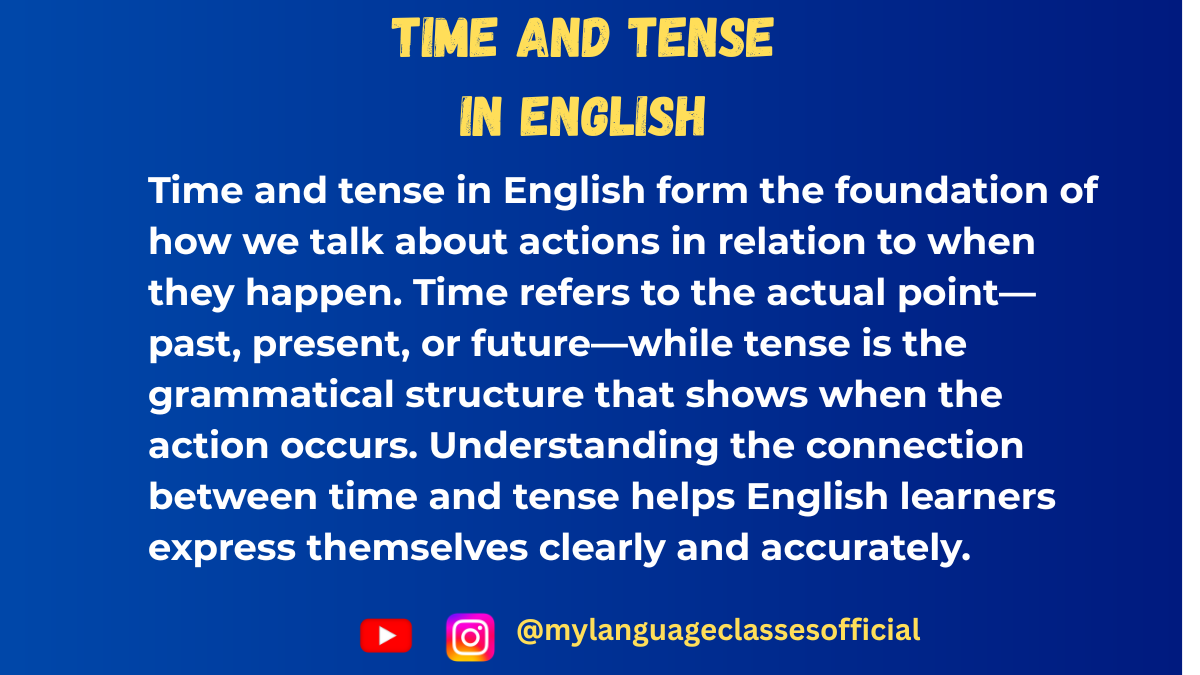Your cart is currently empty!
Tag: English grammar

Understanding Gender in English: Grammar Rules, Usage & Examples
Understanding Gender in English Grammar – The Easy Way: Rules, Examples & Exercises
Have you ever wondered why we say “he” for a man and “she” for a woman—but also why ships are called “she,” and babies are sometimes … Read more

Time and Tense in English: Grammar Rules, Usage & Examples
Time and Tense in English – A Complete Guide for Beginner to Advanced Learners
If these questions sound familiar, you’re not alone. Understanding time and tense in English grammar can feel confusing at first. But don’t worry—this guide will help … Read more


